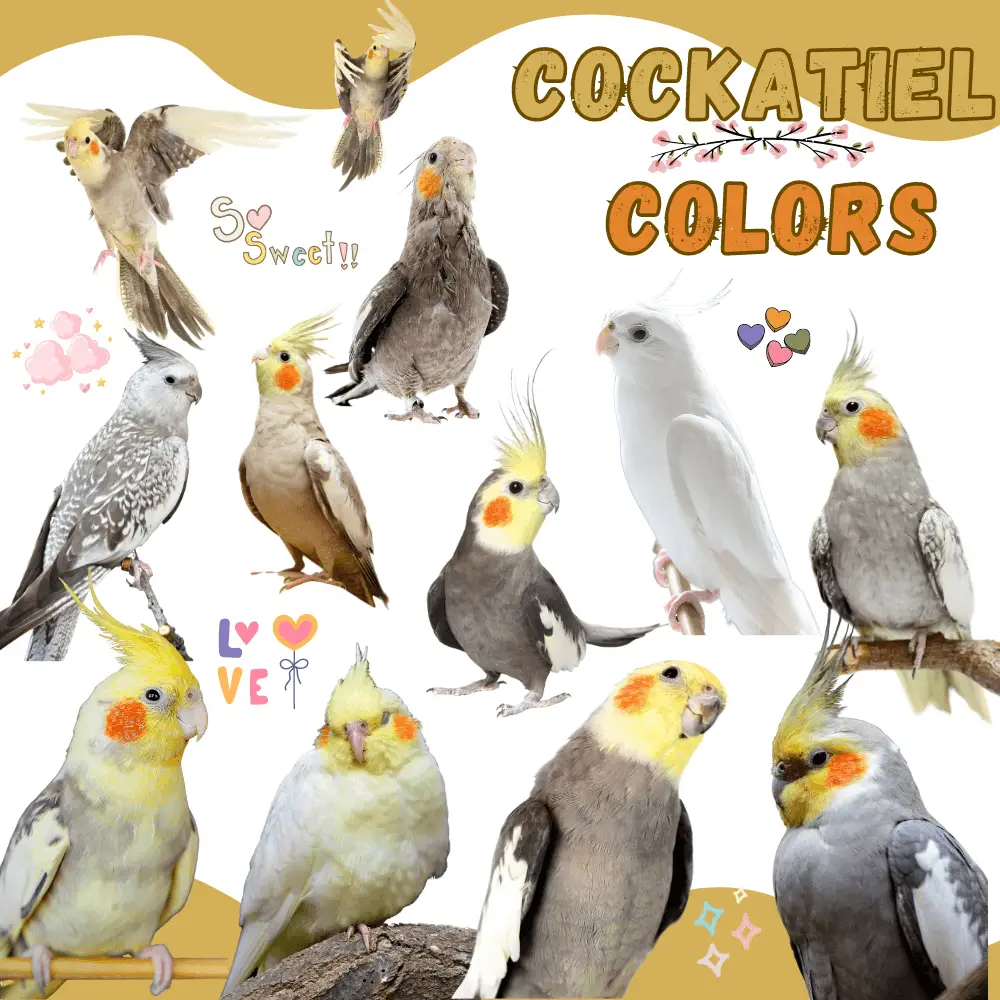Horse coat colors are determined by genetics, with various genes responsible for producing different colors and patterns. Breeding horses with specific coat colors can result in offspring with predictable color outcomes. The most common coat colors include bay, chestnut, black, and gray, but there are also more rare colors such as palomino, buckskin, and roan.
By referring to a horse breeding color chart, breeders can determine the likelihood of certain color combinations based on the colors of the parent horses. This can help breeders make informed decisions when selecting mating pairs to achieve desired coat colors in their foals.
Horse Breeding Color Chart
Using a Horse Breeding Color Chart
A horse breeding color chart typically outlines the possible color combinations that can result from breeding horses with specific coat colors. For example, breeding a bay horse with a chestnut horse may result in a foal with either a bay or chestnut coat color. By understanding the basic principles of coat color genetics and using a breeding color chart as a reference, breeders can increase their chances of producing foals with desired color traits.
It’s important to note that coat color genetics can be complex, with multiple genes interacting to produce the final coat color of a horse. While a breeding color chart can provide a general guideline, there is always a degree of unpredictability when it comes to genetic inheritance. Consulting with a professional equine geneticist or veterinarian can help breeders navigate the complexities of coat color genetics and make informed breeding decisions.
